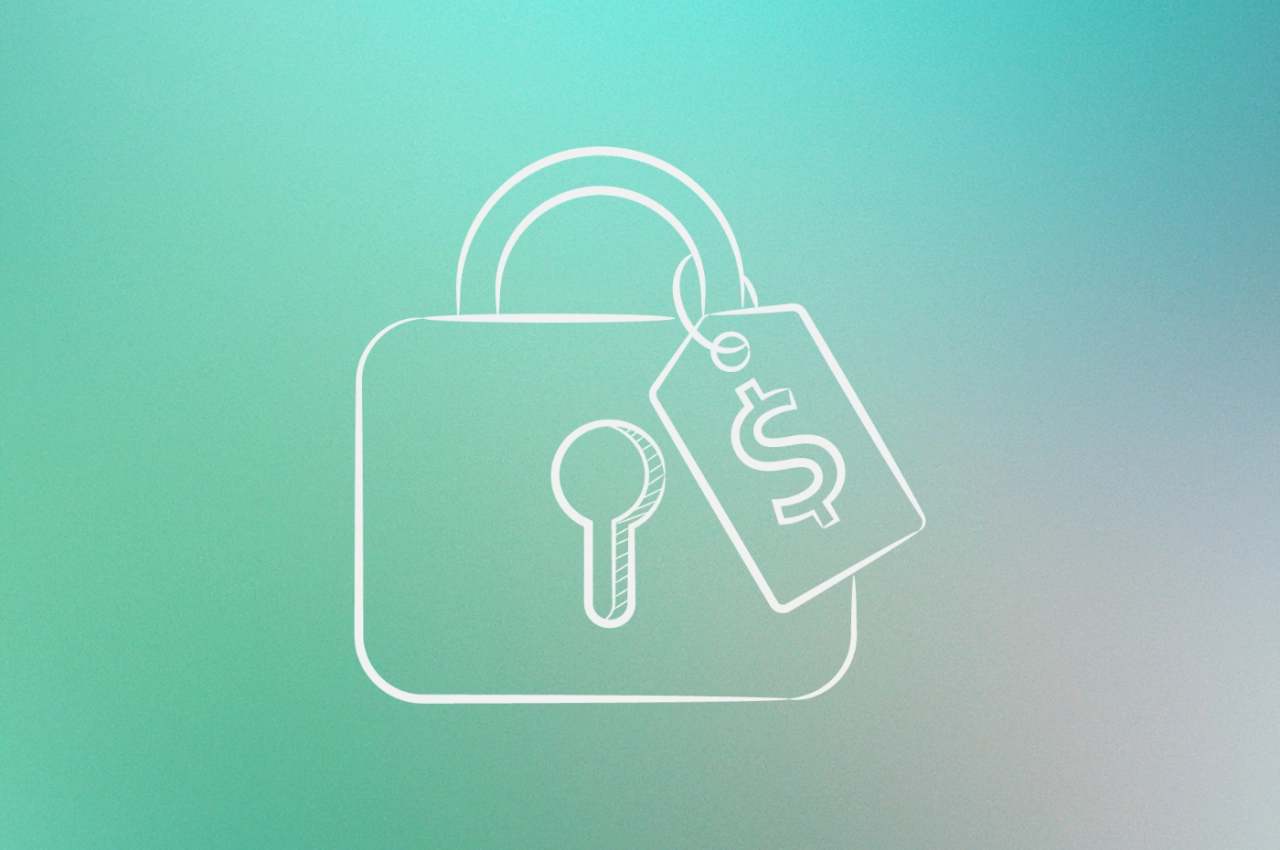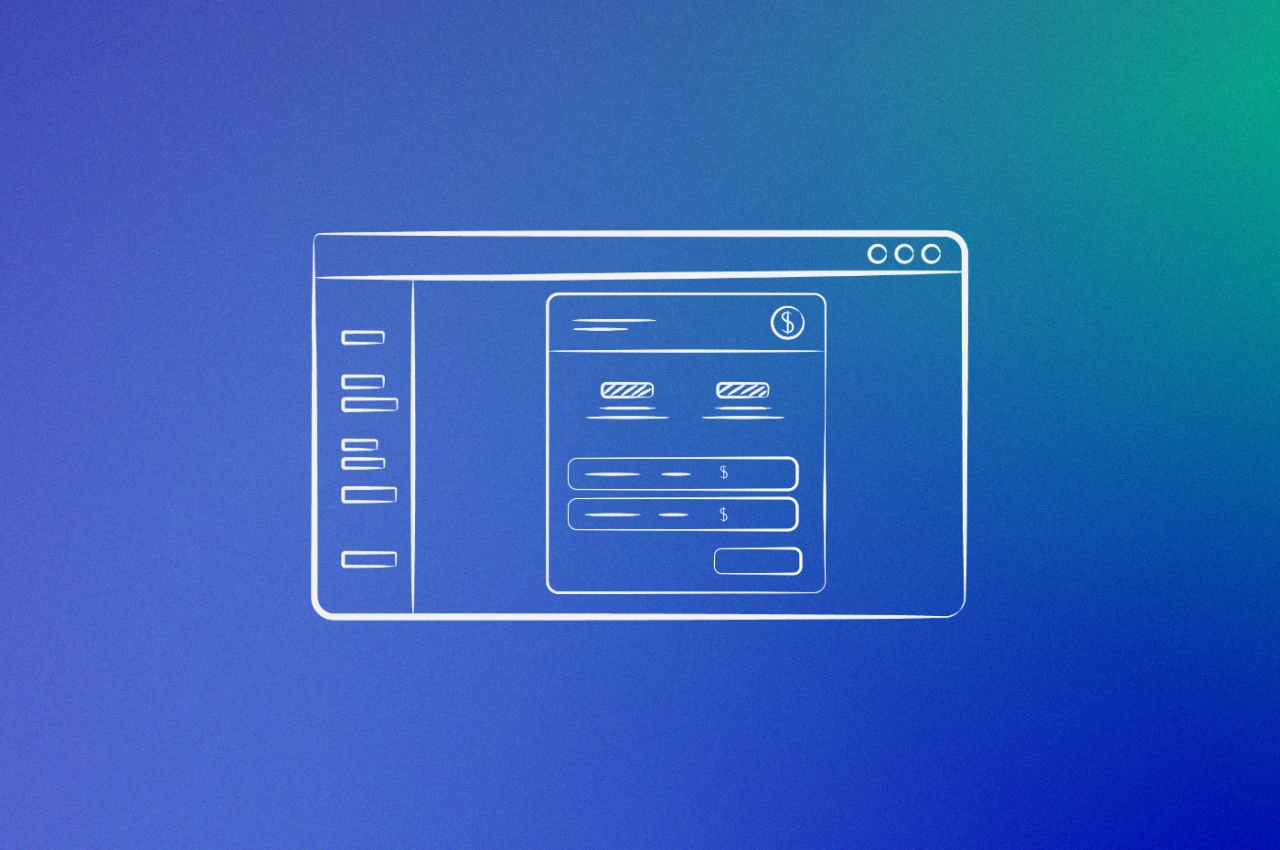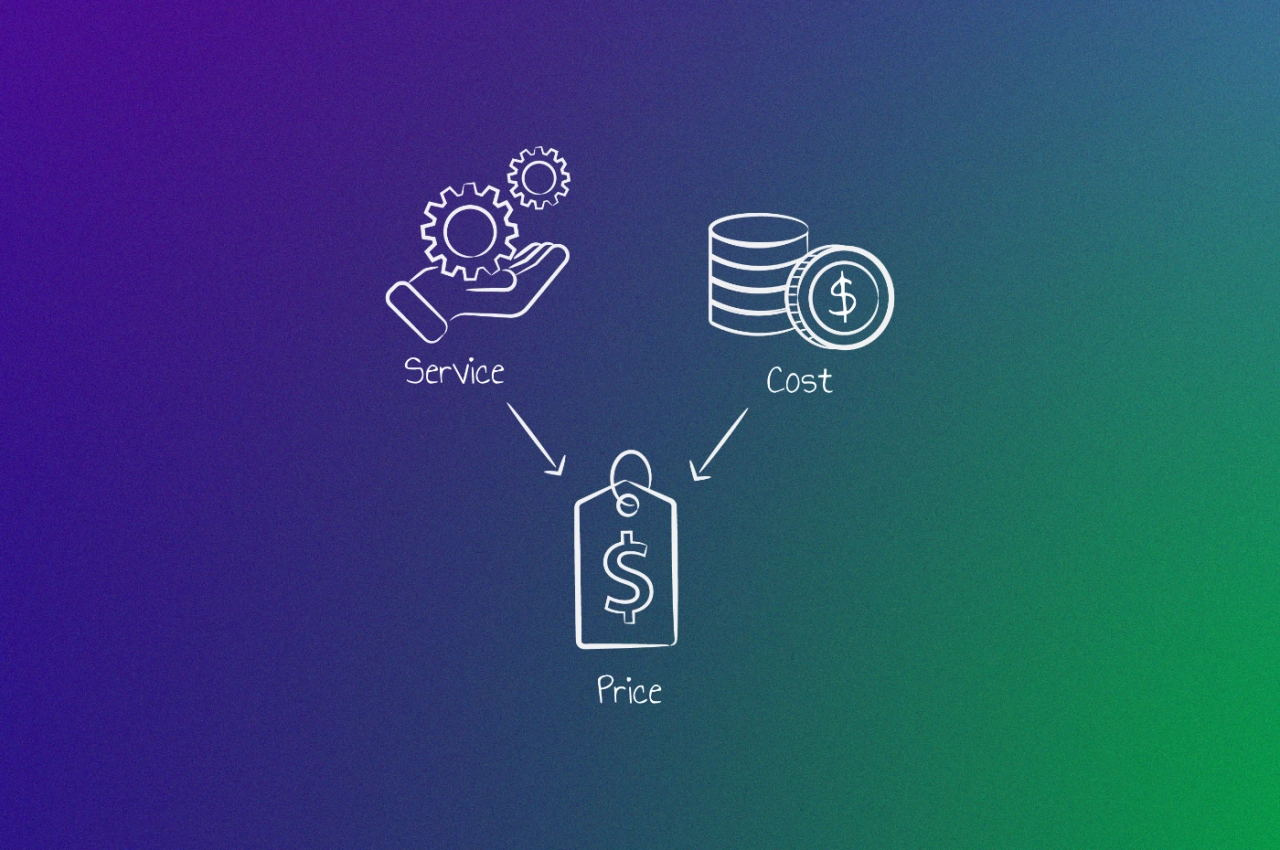- The fixed cost pricing model offers stability and simplicity in highly competitive markets, promoting price transparency and customer trust, but may lack flexibility in response to market changes.
- Despite providing predictable revenue and ease of automated selling, the fixed cost model can result in lower profits if costs vary significantly, offering little room for price negotiation or service customization.
- Fixed fee pricing is not universally suitable; agencies with predictable service costs may benefit, while those valuing flexibility and customization might consider alternative strategies such as tiered or value-based pricing.
Your company’s pricing strategy stands as a fundamental pillar of your entire business operation—it’s the most common pricing strategy consideration that directly drives profits, influences cash flow, and ultimately determines whether you succeed or fail. For agency owners looking to scale effectively, your pricing approach must align precisely with your business objectives while accounting for your target market, competitive landscape, service delivery costs, desired margins, and market positioning.
Let’s face it—selecting the right pricing framework isn’t straightforward. For decades, the fixed-cost pricing model dominated as the industry standard, offering simplicity and predictability. Yet as markets evolve and competition intensifies, many service providers have begun exploring more dynamic and flexible alternatives that adapt to changing business conditions.
The question remains—is the fixed price strategy still viable for your agency this year?
In this guide, I’ll break down exactly when fixed pricing makes sense, when it doesn’t, and how to implement it effectively if you choose this approach for your service business.
What is a fixed cost pricing model?
A fixed cost pricing model sets a fixed price for a product or service, regardless of the production or operational costs associated with it. This means that the price remains the same no matter how many units are produced or sold.
This type of pricing model is often used in industries where there is high competition and products or services are perceived as commoditized. Examples of such industries include telecommunications, utilities, and transportation. However, the model has cross-pollinated other industries as well, since it provides quite a lot of benefits for both sellers and buyers.
Pros and cons of fixed pricing models
Fixed pricing models are quite attractive from many points of view, and you should definitely consider them. However, it’s worth noting you should be aware of both advantages and disadvantages before you change (or choose) to a fixed pricing model.
Here’s what you need to know about both.
Pros of fixed fees
Some of the main benefits of opting for a fixed pricing model include the following.
Stability
The most significant advantage of a fixed cost pricing model is stability. When the price is fixed, both buyers and sellers know what to expect. This eliminates the uncertainty factor, which can be crucial when making long-term business decisions.
For example, if you’re a buyer, knowing that the price of a product or service will remain constant allows you to plan your budget accordingly. If you’re a seller, it gives you more control and predictability over cash flow.
Simplicity
Fixed pricing models are simple and easy to understand for both buyers and sellers. This makes them attractive and convenient for use in various industries.
For instance, if you sell products or services that require minimal effort to produce, a fixed pricing model is perfect for you. It’s also easy for your customers to choose what’s right for them, making the purchase process more straightforward.
Level playing field
In a highly competitive market, fixed pricing models can create a level playing field for businesses. By setting a fixed price, companies can avoid undercutting each other and focus on providing better quality products or services instead. This promotes healthy competition and ultimately benefits the customers.
For instance, in an industry with multiple competitors, setting a fixed price can help you compete based on price, which only leads to lower profits for everyone involved.
Customer trust
Fixed pricing models can build and maintain customer trust by ensuring price transparency. This removes any concerns of price manipulation or hidden costs, as customers know up front exactly what they will pay.
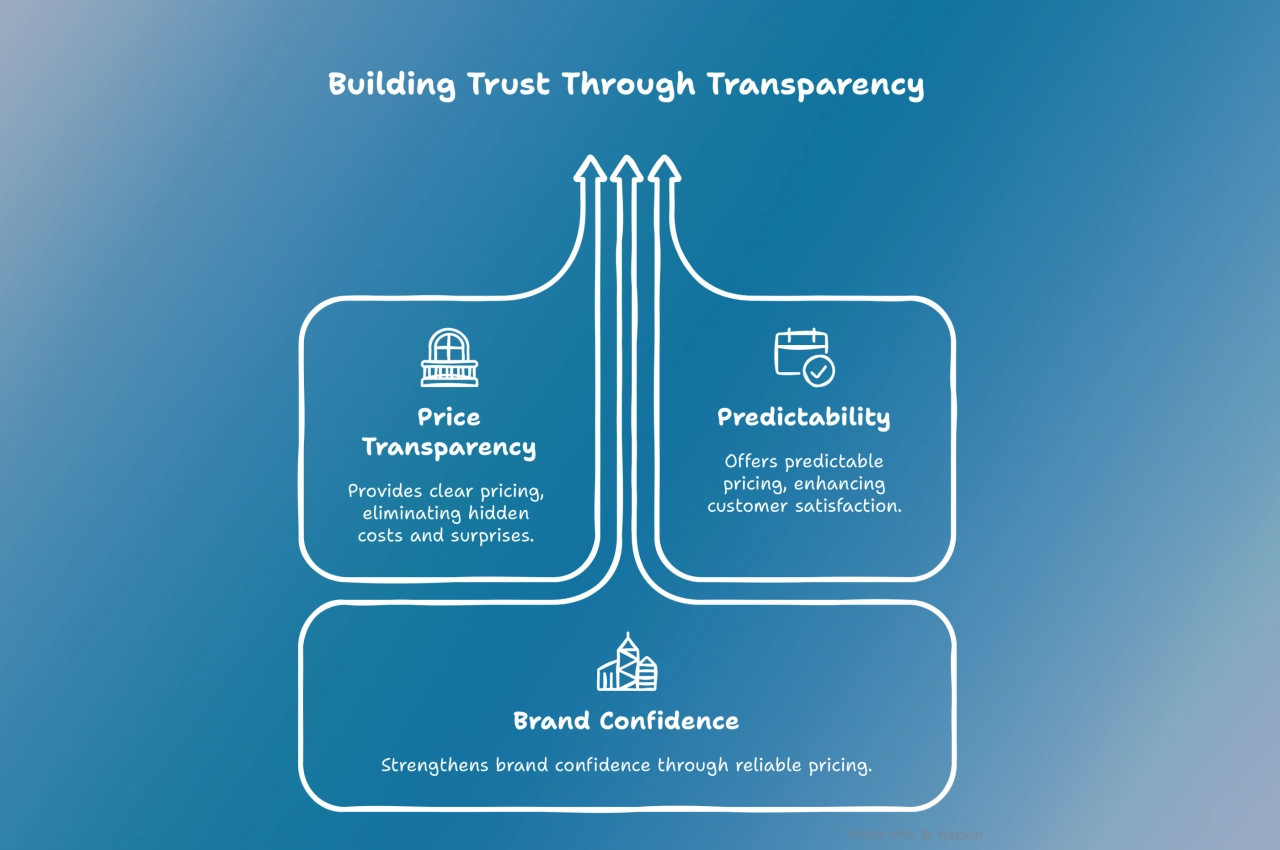
This predictability often leads to higher customer satisfaction and loyalty, as it reinforces their confidence in the brand.
Ease of automated selling
Additionally, fixed pricing is highly compatible with automated selling systems, such as those used in productized agencies. With a set price, it’s easy to sell recurring services, predict revenue, and streamline the checkout process.
This allows businesses to efficiently scale up operations and serve more customers without a proportional increase in transaction complexity.
Cons of fixed fees
Despite the advantages mentioned above, there are also some drawbacks to using a fixed cost pricing model.
Lack of flexibility
One significant disadvantage of a fixed pricing model is the lack of flexibility. Once a price is set, it’s challenging to change it without risking negative consequences. If costs increase or decrease significantly, a fixed pricing model may not be able to adapt and can result in lower profits or even losses.
In situations where a client requests out of scope work under a fixed price agreement, my first step is to assess a few key metrics: client lifetime value, client contract value, client tenure, and future projected recurring revenue.
 Jeremy Moser,
uSERP
Jeremy Moser,
uSERP
Another downside is the fact that you will have to sell services exactly as you offer them, without the possibility for easy customization. However, if your clients require a more custom approach, the project-based pricing strategy might be a better fit.
Less room for negotiation
In some industries, negotiating prices can be common practice. However, with a fixed price, there is little to no room for negotiation. This may not be an issue in highly competitive markets where customers have many alternatives available. Still, in industries where there are a limited number of providers, this could result in lost sales opportunities.
Difficulty in responding to market changes
In industries where there are frequent fluctuations in supply and demand, a fixed pricing model can be challenging to manage. If market conditions change, businesses using this model may struggle to adjust their prices accordingly and may end up losing customers or revenue.
Value positioning considerations
When implementing fixed pricing, be mindful of potential client perceptions around value. Some clients may associate standardized pricing with standardized (rather than customized) solutions. This perception challenge requires thoughtful positioning to ensure your fixed pricing structure communicates quality and expertise rather than commoditization.
The positioning spectrum extends in both directions—with premium pricing strategies occupying the opposite end. These approaches typically highlight unique methodologies, specialized expertise, or proprietary frameworks to justify higher price points. Similarly, value-based pricing models focus communication on specific business outcomes and ROI rather than the deliverables themselves.
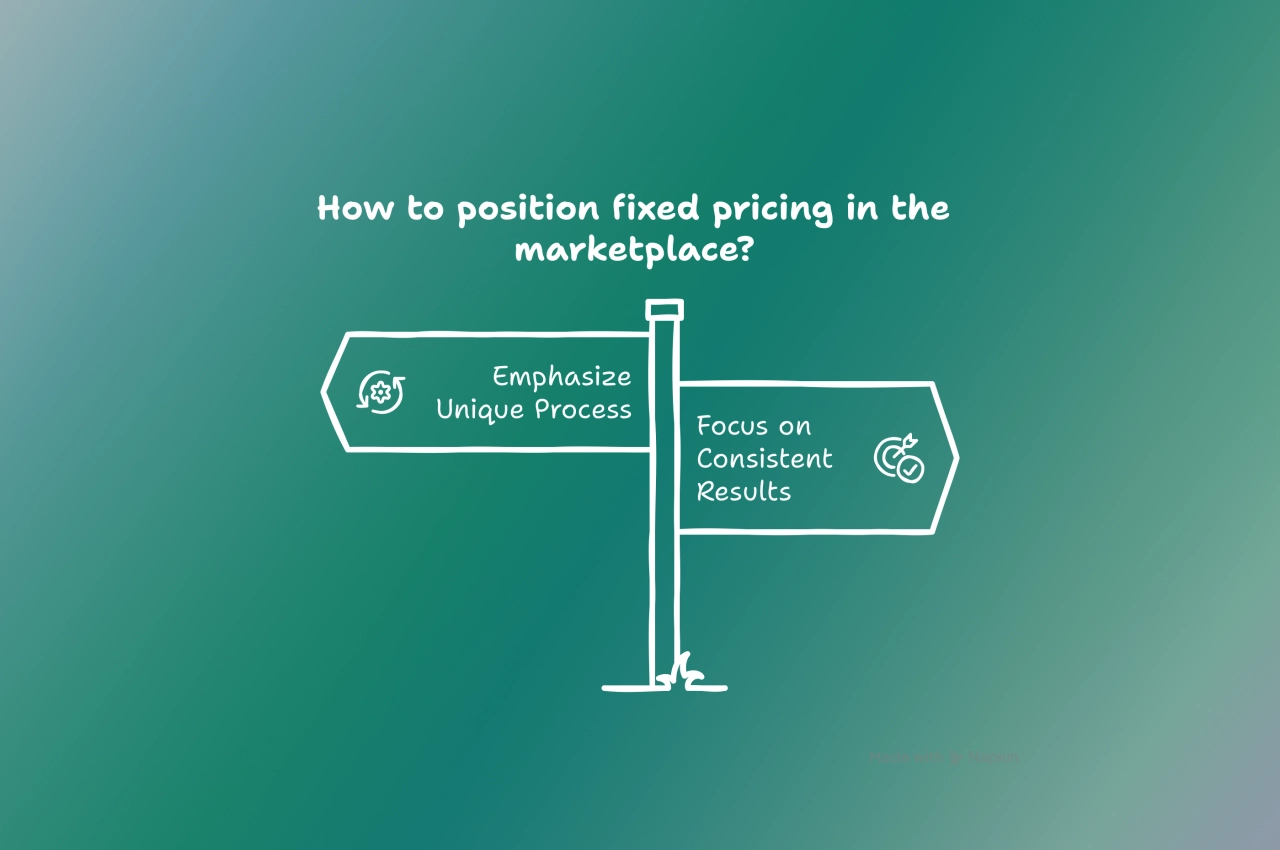
The key differentiator isn’t necessarily the pricing model itself but how you communicate its benefits and position your expertise within the marketplace. Fixed pricing can coexist with premium positioning when properly framed around your unique process advantages and consistent results delivery.
Examples of a fixed cost pricing model
As an agency owner, you’re probably interested in examples of fixed-fee pricing models. Let’s look at a few below so you can get inspired and create your own.
Oliver Meaking’s Roast My Landing Page
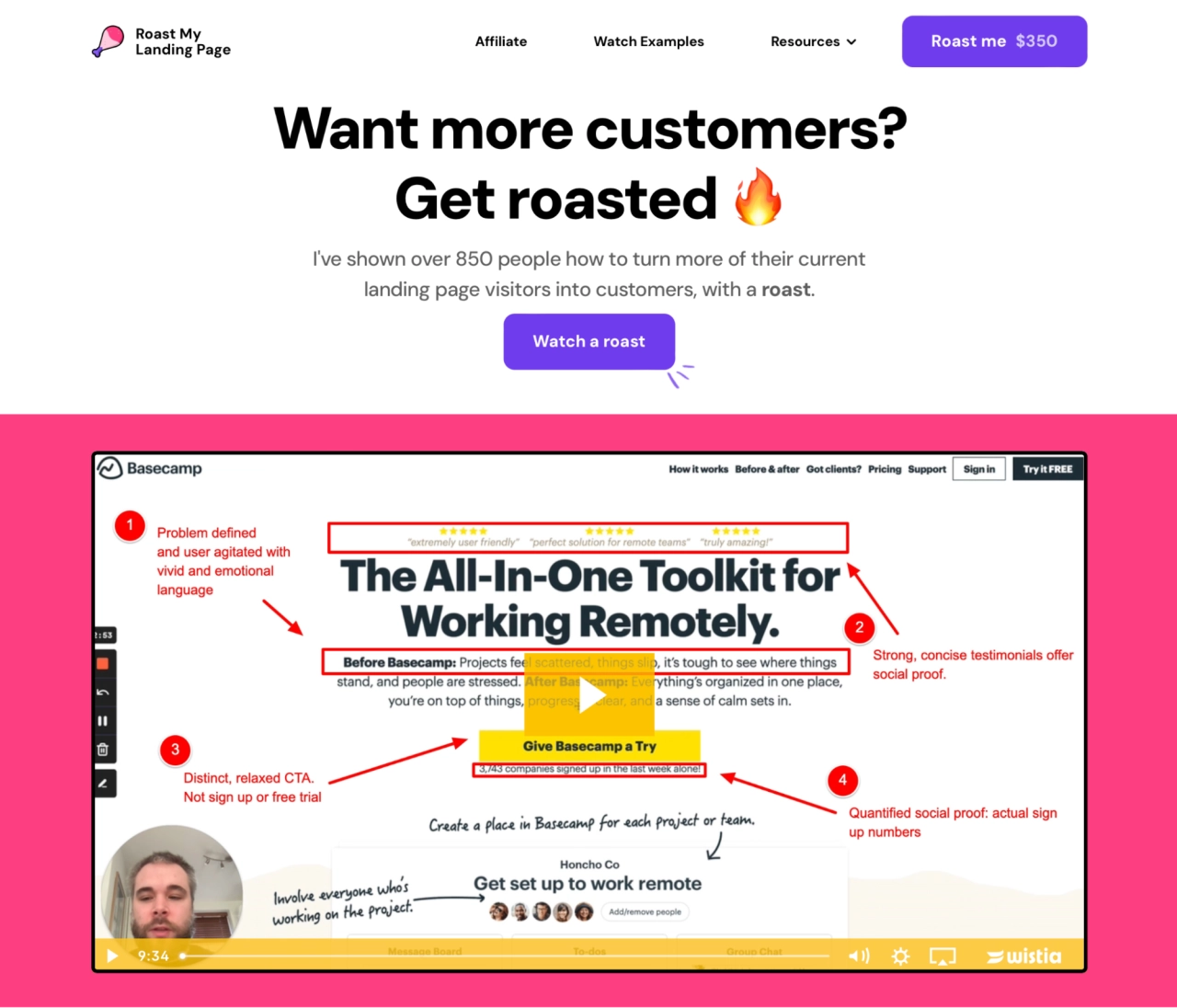
Oliver Meaking explained in our case study how he made over $300,000 roasting landing pages. The reason his service gained popularity, apart from his knowledge of course, is the simplicity of the service offering: for a fixed price, you get a landing page roast. There is even a demo video on his website, giving leads an idea of what to expect, how long the video will be, and how it will be delivered.
GMB Gorilla’s GBP optimization service
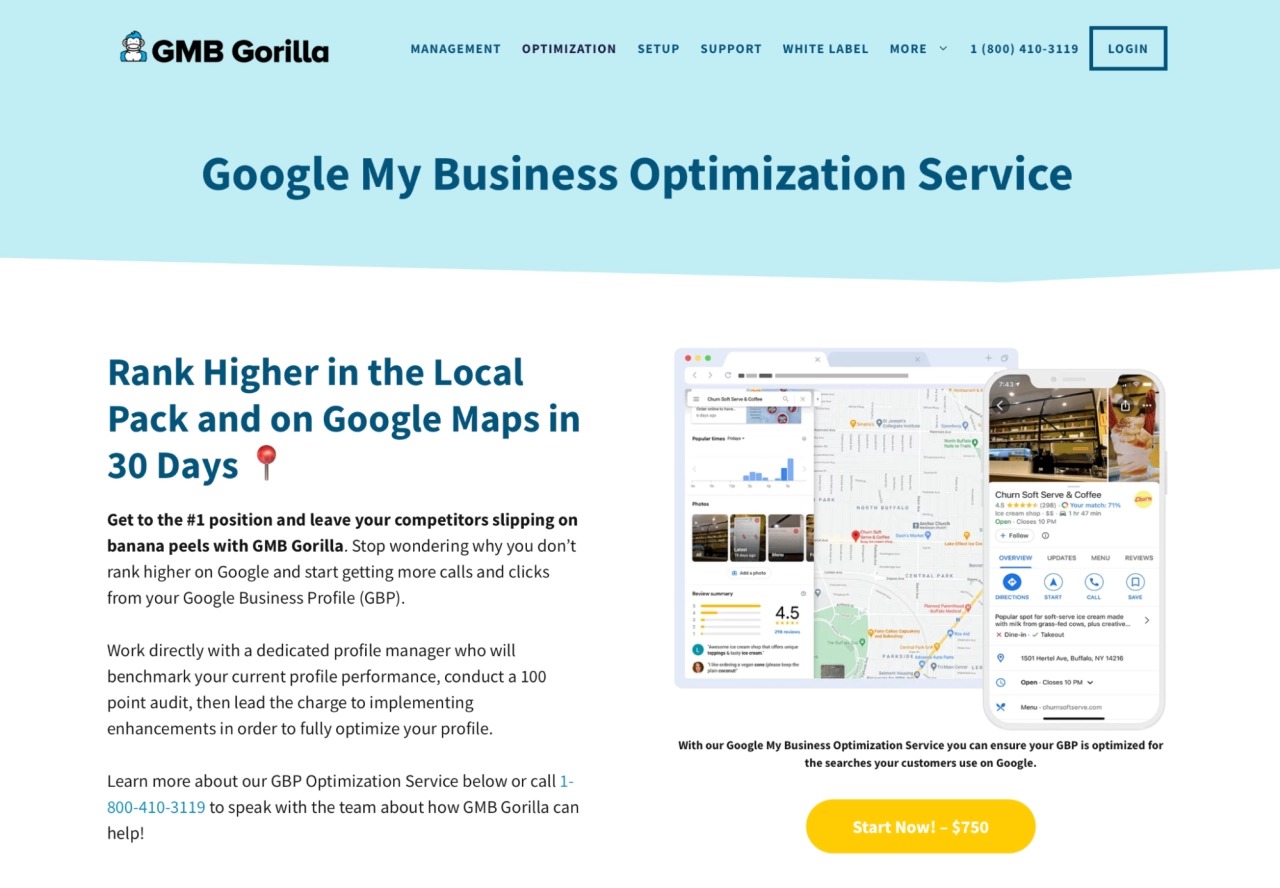
Garrett Smith from GMB Gorilla talked in our case study about their highly automated and optimized Google Business Profile management service. It started out as a simple MVP, and grew thanks to SPP’s features into a full service offering. While the main service is the monthly recurring management service for GBP profiles, Garrett and his team also offer a fixed cost service: a one-time optimization service. It targets companies who already have a GBP profile, but are not sure if it’s set up in the best way.
Loganix’ niche edits
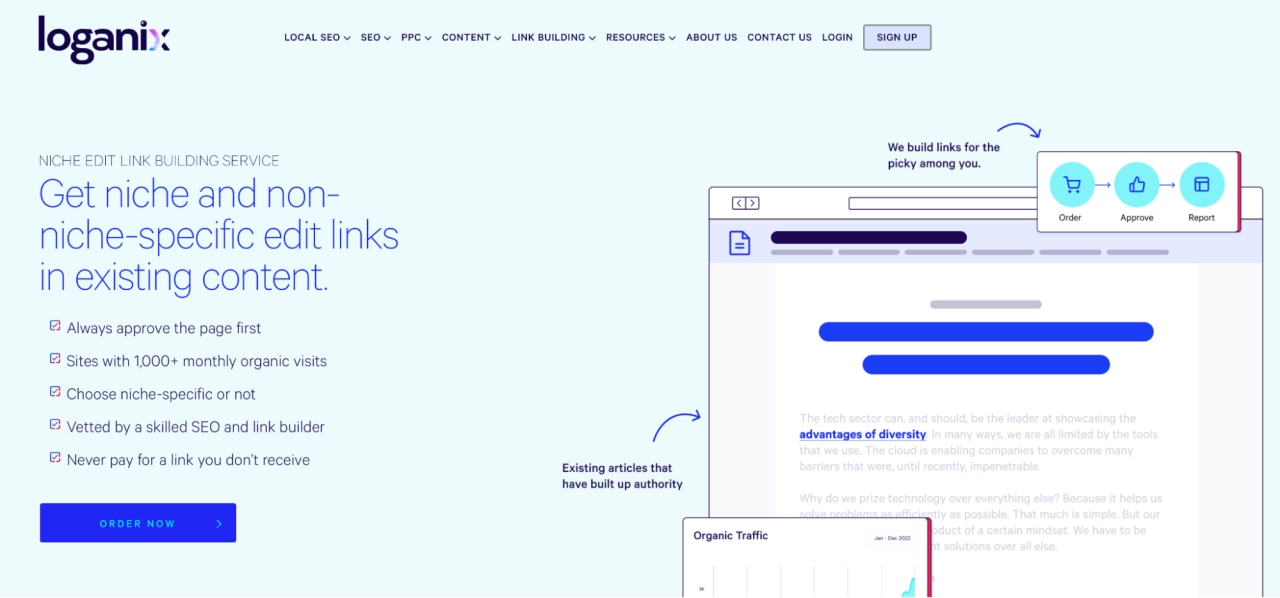
Loganix offers many different SEO services, from link building to content writing. One of their fixed cost services are the popular niche edits. The offering is clear and simple: the link is delivered via an edit on an existing content piece. The only pricing difference between the two options is the relevancy. The more expensive one comes from a niche-specific site instead of one covering multiple topics.
Stages of fixed price model implementation
Implementing a fixed price model isn’t simply about picking a number and sticking to it. For agency owners, this process requires strategic planning and systematic execution. Let’s break down the key stages you’ll need to navigate when transitioning to this pricing approach.
1. Research & analysis
Start by thoroughly analyzing your current cost structure. Document all expenses related to service delivery—including team time, software costs, and administrative overhead. Once you understand your actual delivery costs, you can compare fixed pricing against cost-based pricing approaches.
With that data in hand, examine your most profitable clients and projects. What patterns emerge? Which services have the most predictable costs? This analysis helps identify which offerings are best suited for fixed pricing.
2. Package development
Next, create standardized service packages with clearly defined:
specific deliverables
timeline expectations
revision limitations
additional costs for scope changes

Calculate your service package ROI & forecast your profitability.
The key here is establishing boundaries that protect your margins while still delivering exceptional value. Remember, your fixed pricing should account for occasional complexity without sacrificing profitability.
With SPP’s service creation features, you can build these packages directly in your client portal, complete with conditional logic for add-ons and automated delivery schedules. The platform’s order forms make it easy to present fixed-price options with clear deliverables, creating transparency for clients while standardizing your process.
3. Internal alignment
Before rolling out fixed pricing, ensure your entire team understands the new model. This includes:
training project managers on scope management
updating your CRM with new pricing structures
refining workflows to match standardized deliverables
creating internal documentation to maintain consistency
Tip: Create a decision matrix for your team that clearly outlines what constitutes billable scope changes versus included revisions. This prevents scope creep and ensures consistent client communication.
4. Client transition
For existing clients, implement a structured transition plan. This might involve grandfathering current arrangements or offering a phased adoption approach. New clients can immediately start with your fixed pricing model.
5. Evaluation & optimization
After implementation, closely monitor key metrics:
project profitability
delivery timelines
scope creep incidents
client satisfaction ratings
Use this data to refine your packages, adjusting prices or deliverables as needed. The strongest fixed pricing models evolve based on real-world implementation experiences.
Remember that your service pricing structure isn’t set in stone—it should evolve as your agency grows and as market conditions change. Successful fixed pricing requires ongoing attention to maintain the perfect balance between competitive rates and healthy margins.
Strategic implementation: your next steps
Fixed pricing isn’t merely a pricing strategy—it’s a business transformation that requires thoughtful implementation. For agencies with standardized delivery processes and predictable service costs, fixed pricing creates operational efficiency that directly translates to scalability.
The decision to implement fixed pricing should align with your agency’s growth objectives:
If you’re focused on scaling operations: Fixed pricing reduces administrative overhead and simplifies sales conversations, making it ideal for agencies looking to increase volume.
If you’re prioritizing profit maximization: Consider whether your services deliver consistent margins or if value-based approaches might better capture the full worth of your expertise.
If you’re building for acquisition: Fixed pricing models with predictable revenue streams typically command higher multiples when selling your agency.
The most successful pricing strategies I’ve seen combine elements of different approaches—perhaps using fixed pricing for core services while implementing value-based pricing for high-impact strategic work.
Remember that your pricing structure should evolve alongside your agency. Start with your most predictable service offerings, gather performance data, and refine your approach as you build confidence in delivery costs and client outcomes.
What matters most isn’t which pricing model you choose, but that your pricing strategy intentionally supports your agency’s unique position in the market and long-term business objectives.
Frequently asked questions
How do I handle scope creep with fixed pricing?
When implementing fixed pricing, clearly define what constitutes scope creep in your service agreements. Create a standardized change request process that outlines additional costs for work beyond the agreed scope, or set up a scope creep buffer of around 15%, and charge clients more.
How often should I review my fixed pricing structure?
Review your pricing quarterly at minimum. Set calendar reminders to analyze profitability across your fixed-price services. Look for patterns where certain client types or project scopes consistently exceed estimated delivery costs.
What’s the best way to transition existing hourly clients to fixed pricing?
Start with a phased approach. Identify your most straightforward services and convert those first. Provide existing clients with the option to grandfather their current pricing model or transition to the new structure with an introductory incentive.
How can I differentiate my fixed-price services from competitors?
Focus on your unique delivery process rather than price alone. Highlight proprietary frameworks, specialized expertise, or guaranteed outcomes. Package complementary services together to create offerings that don’t invite direct price comparison.
Is fixed pricing right for your agency?
As we’ve explored throughout this guide, fixed pricing offers compelling advantages for service businesses seeking scalability, predictability, and operational efficiency. But it’s not a universal solution for every agency or service offering.
The fixed cost pricing model works best when:
your service delivery costs are predictable and stable
you’ve documented and standardized your processes
scope can be clearly defined and communicated
you’re focusing on scaling through operational efficiency
your target market values price certainty over customization
Conversely, it may not be the right fit when:
service delivery costs vary significantly between clients
your offerings require extensive customization
your market differentiator is flexibility or tailored solutions
your services involve significant unknowns or exploration
Ultimately, many successful agencies adopt hybrid approaches—using fixed pricing for standardized core offerings while maintaining flexibility for custom projects or strategic work.
Disclaimer: This article provides general information about pricing strategies for service businesses. While we strive for accuracy, this content should not be considered financial advice. Every business has unique circumstances. We recommend consulting with a qualified financial professional or business advisor before making significant changes to your pricing strategy.
